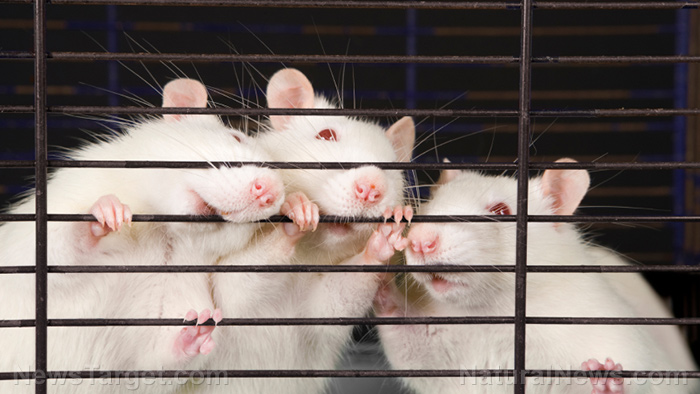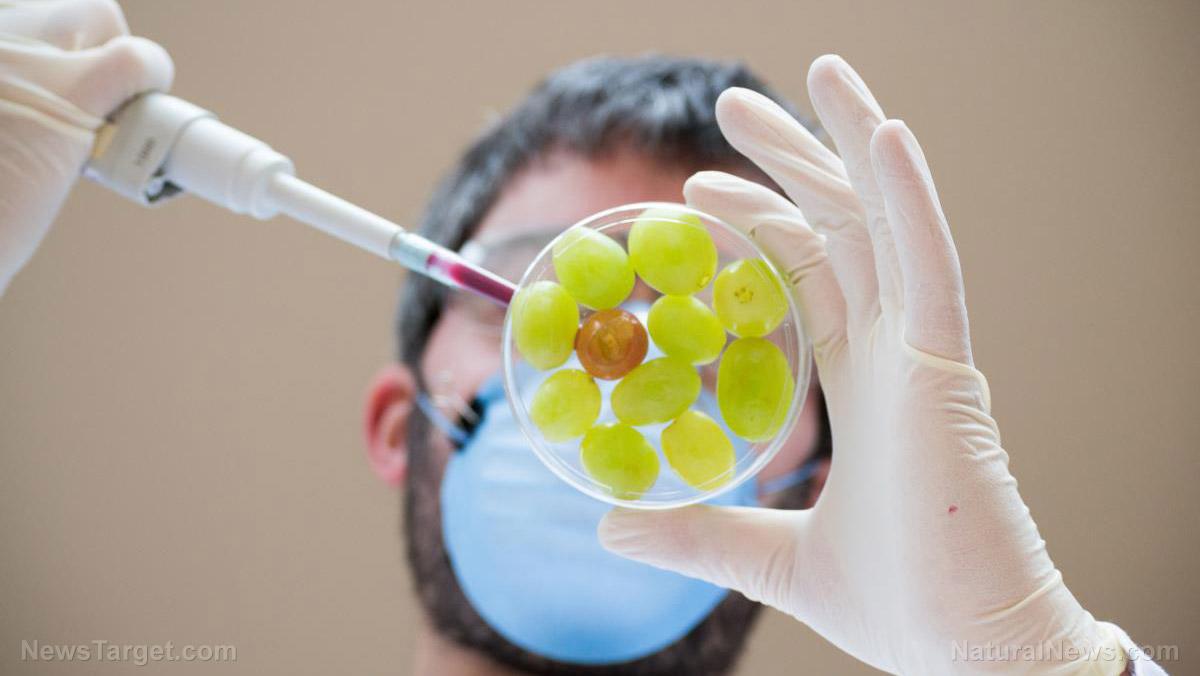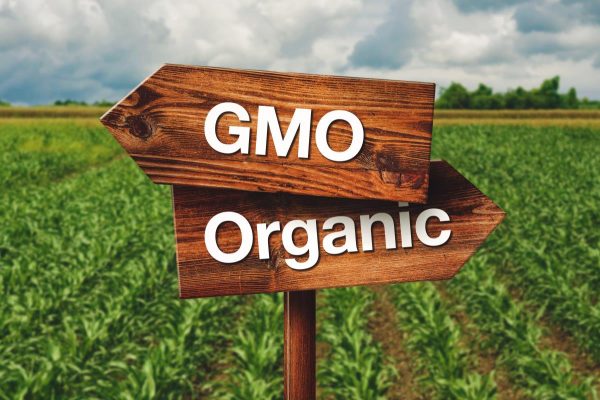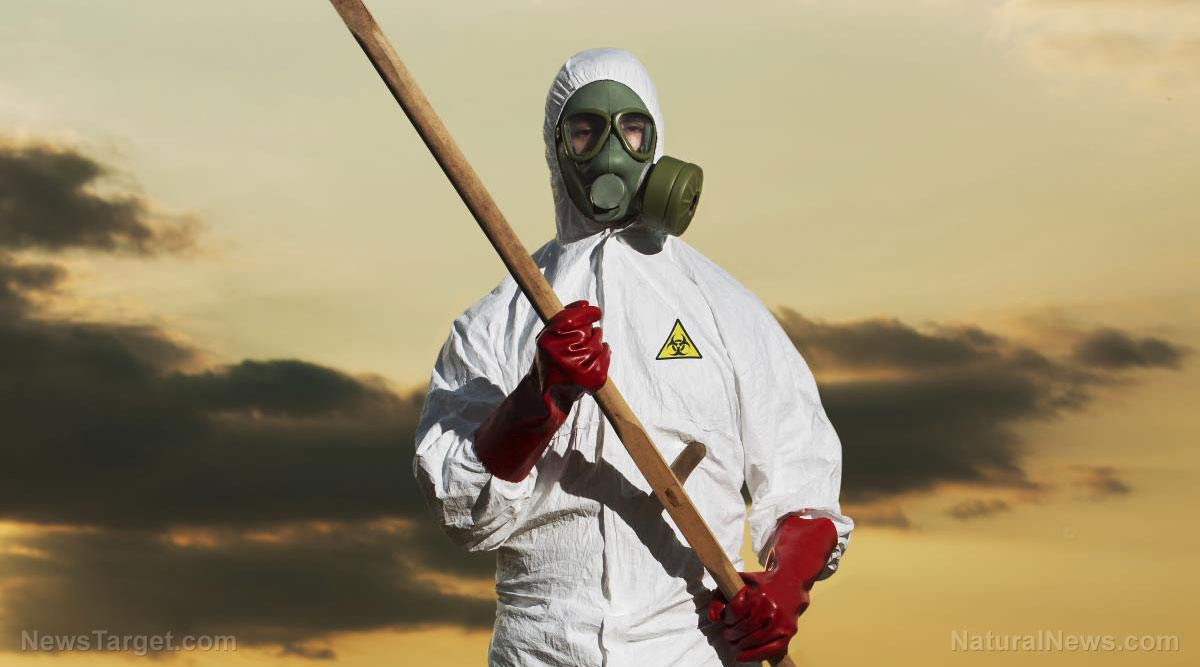Roundup weedkiller more toxic than just glyphosate alone… alarming new findings reveal NON-active ingredients are poisons, too
05/10/2018 / By Vicki Batts
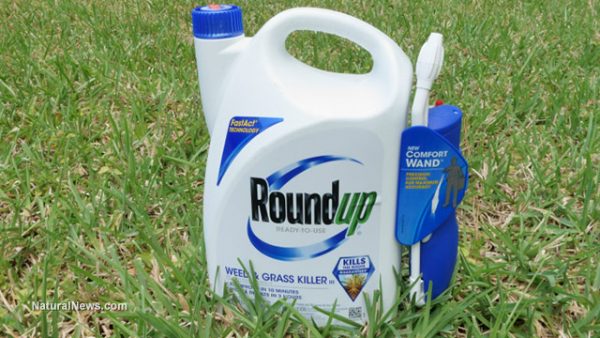
Just how toxic is Monsanto’s most prolific herbicide, Roundup? While the active ingredient, glyphosate, has long been scrutinized, new research shows that active ingredients in pesticides and herbicides aren’t the only things people should be worried about. As many people have suspected, the so-called “inactive” ingredients featured in weedkillers like Roundup are not so benign after all.
What’s more disturbing: The fact that these purportedly innocuous ingredients are actually poison, or that we’re only just uncovering this sordid detail 40-some-odd years after Roundup’s debut? EPA estimates suggest that around 100 million pounds of Roundup are applied to farms and lawns across the U.S. every year. Just how deep does the Roundup rabbit hole go?
Science shows Roundup is pure poison
The U.S. National Toxicology Program (NTP) recently conducted its first-ever analysis of herbicide formulations that include glyphosate and other chemicals. Apparently, it’s taken over four decades for the government to suspect that perhaps, when glyphosate is combined with other chemicals, it becomes even more hazardous.
As The Guardian explains, while regulators have required that glyphosate be tested in isolation in the past, little to no research has been done on the actual formulations including glyphosate that are sold to consumers.
You might say that this method of handling pesticide regulation is ineffectual — and you’d be right. And it’s only taken forty years for the government to realize this?
The EPA requested that the NTP conduct an investigation of glyphosate-containing pesticides after the World Health Organization’s International Agency for Research on Cancer (IARC) named glyphosate as a “probable human carcinogen.”
The NTP study has shown that glyphosate formulations are more dangerous than glyphosate is on its own. In their summary, NTP scientists say that glyphosate formulations reduced human cell “viability,” causing disruption in cell membranes.
The Guardian notes further that the NTP’s data shows enhanced toxicity from glyphosate formulations, along with an ability to kill human cells — but the organization is still averse to drawing any sort of meaningful conclusion from their work.
As is typical of government agencies, the NTP is reluctant to say more than that; Mike DeVito, acting chief of the NTP lab, told the Guardian, “We see the formulations are much more toxic. The formulations were killing the cells. The glyphosate really didn’t do it.” Seriously? DeVito says more research is needed, but also noted that they don’t even know what Monsanto actually puts into Roundup.
“We don’t know what the formulation is. That is confidential business information,” he commented. Isn’t that just great? If they don’t know what the formulation is, how can they really prove anything? Maybe that’s the point.
Past research shows similar findings
There are over 4,000 “inert” ingredients approved by the EPA for use in pesticides. These include things like solvents, preservatives, surfactants and other goodies.
In 2015, a study from France showed that the purportedly inactive ingredients in Roundup “amplified its toxicity.” Researchers at the University of Caen found that one “inert” ingredient in particular, polyethoxylated tallowamine, or POEA, was exceptionally toxic.
As Scientific American reported:
“This clearly confirms that the [inert ingredients] in Roundup formulations are not inert,” wrote the study authors from France’s University of Caen. “Moreover, the proprietary mixtures available on the market could cause cell damage and even death [at the] residual levels” found on Roundup-treated crops, such as soybeans, alfalfa and corn, or lawns and gardens.
Despite Monsanto’s attempts at refuting the findings, the French researchers were hopeful that their evidence would inspire health agencies to reevaluate Roundup’s safety. When this research is taken along with the IARC’s contention that glyphosate is probably carcinogenic, it raises serious questions about the safety of this ubiquitous herbicide. It would not be unreasonable to suspect that Roundup is more toxic than anyone appears to be willing to admit.
The great Roundup deception
No one, not even Monsanto itself, seems to be able to accurately gauge the toxicity of Roundup. Government agencies, like NTP, say that they can’t have access to the actual formulation of Roundup. This means that even if they come to an “unfavorable” conclusion, there will always be room for Monsanto’s products to have a “get out of jail free” card, because they weren’t able to test the real thing.
Federal documents obtained via the Freedom of Information Act show that even the EPA is not sure what current formulations for Roundup contain. The NTP has also admitted they don’t really know what’s in Roundup. It’s “confidential,” so no on can ever know what’s in it, apparently — even for the sole purpose of establishing the product’s safety (or lack of it). And we’re not supposed to find that suspicious?
While the government increases their surveillance of innocent people, they’re also letting Monsanto pollute the world with a substance of unknown contents and an immeasurable potential to cause harm. Isn’t that something?
Further, Monsanto itself has been lying about the alleged safety of their flagship product, Roundup. Once again living up to their reputation as the “world’s most evil corporation,” internal emails show that despite being Roundup’s manufacturer, they themselves have no idea what their beloved weedkiller is capable of.
In a 2003 email, a Monsanto scientist reportedly wrote, “You cannot say that Roundup is not a carcinogen … we have not done the necessary testing on the formulation to make that statement. The testing on the formulations are not anywhere near the level of the active ingredient.”
In 2010, another email exchange revealed this gem: “With regards to the carcinogenicity of our formulations we don’t have such testing on them directly.” So, Monsanto has never actually tested the Roundup product itself — only the glyphosate — which also comes with its fair share of health risks. When will we learn: Corporations can’t be trusted to police themselves.
Stay up-to-date on the latest science on glyphosate at Glyphosate.news.
Sources for this article include:
Tagged Under: agricultural chemicals, environment, EPA, evil corporation, food supply, glyphosate, glyphosate dangers, herbicides, IARC, ingredients, Monsanto, Roundup, toxic chemicals, unethcial







